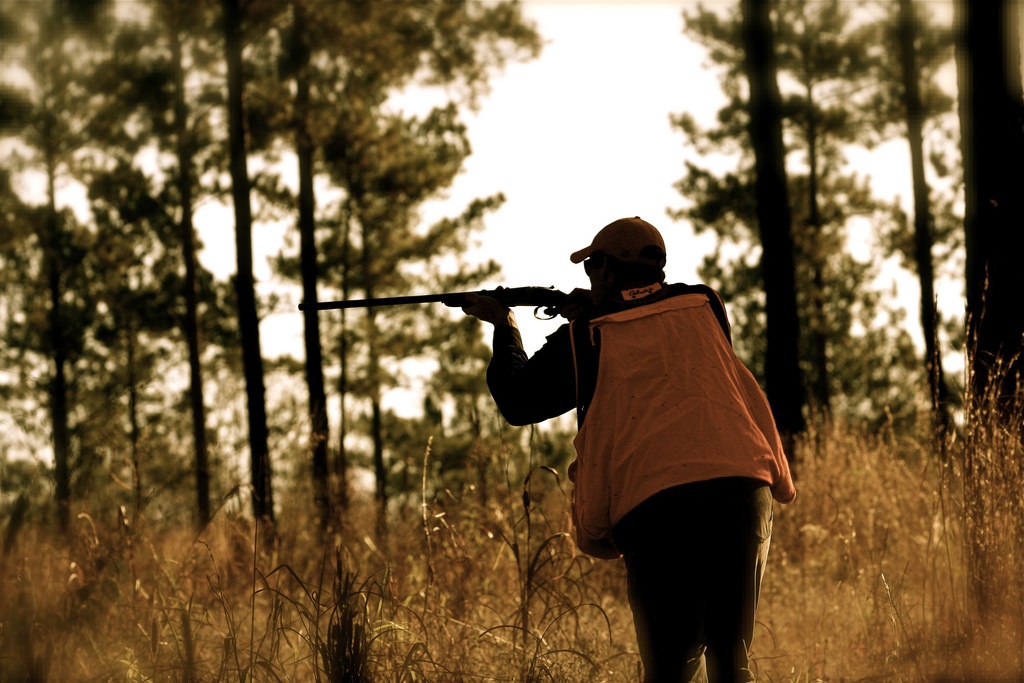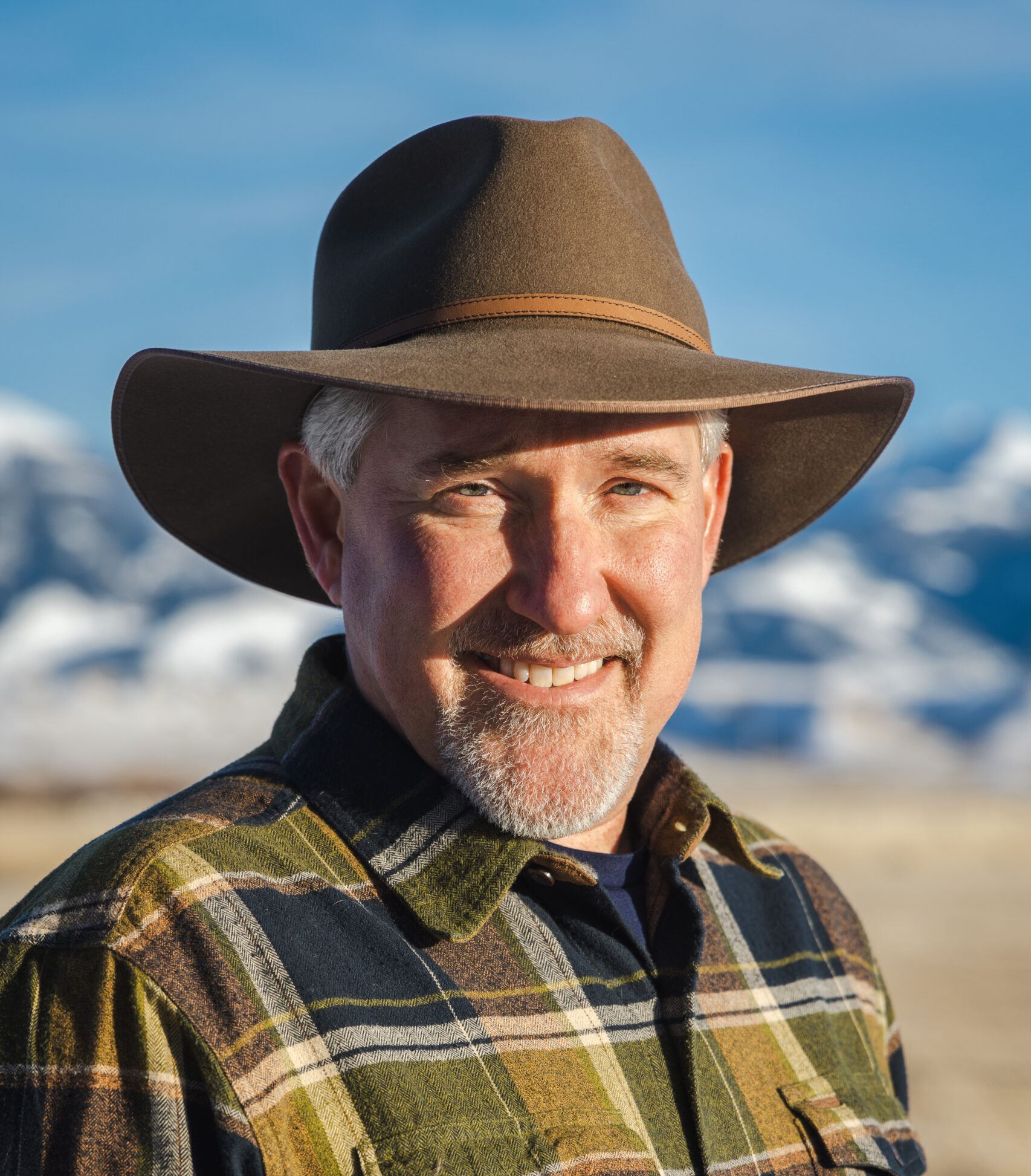To most of America, the gentleman’s sport of quail hunting is now a caricature composed of a gun-toting vice president and his errant shot. Less well-known is the fact that wealthy landowners’ pursuit of this small game bird has preserved large upland ecosystems and fostered the science of fire ecology. This is particularly evident in the Red Hills plantation country between Tallahassee, Florida, and Thomasville, Georgia.
Designated one of America’s “Last Great Places” by the Nature Conservancy, the Red Hills’ 300,000-plus acres are home to more than 60 different state and federally protected plants and animals, including the gopher tortoise, Bachman’s sparrow, Sherman’s fox squirrel, and the red-cockaded woodpecker (Tall Timbers Research Station 2003). The natural diversity includes forested savannahs of wiregrass on lands that rise and swell, longleaf pinelands, and stately lone live oaks with the green-gray tinsel of Spanish moss. Some areas average over 50 different plant species per square yard. The region is one of the last refuges of the old-growth longleaf pine forests that once spanned 90 million acres from Texas to Virginia.
The northern bobwhite quail—with its quick movement, explosive covey bursts, and unpredictable flight—represents the gold standard for upland bird hunters, and the Red Hills are a destination point for businessmen, politicians, and celebrities eager to test their reflexes against this spirited adversary. Quail hunting, which attracted the resources of affluent landowners to land management and led to the use of prescribed fire, has made the Red Hills ecologically rich.
A Resort for Northern Industrialists
Once the home of antebellum cotton farms, the Red Hills became a winter resort for well-heeled families from the Midwest and Northeast after the Civil War. Soon after spending winters there, industrial capitalists in the coal, oil, and banking businesses began buying up the played-out farms and piney woodlands for hunting preserves. They represented the A-list of American business and finance—top executives of John D. Rockefeller’s Standard Oil, associates of Andrew Carnegie, and the family of nineteenth-century political boss and senator Mark Hanna.
These wealthy sportsmen were motivated by enlightened self-interest. Private retreats for hunting not only satisfied a recreational need but were a supreme setting for con-ducting business and networking. By converting the large tracts to hunting, these “barons of preservation”1 began the land’s long healing process from past agricultural uses by both white settlers and American Indians (Tall Timbers Research Station 2003, 10).
Thanks to quail hunting, lands were no longer plowed or cut over as intensely as in the past. Weeds, grasses, and pines were allowed to grow, providing cover and forage for the landowners’ star attraction and a safe haven for other wildlife and bird species.
The Birth of Fire Ecology
At first, the hunting plantations flourished. Then, in the 1920s, to the alarm of the Red Hills landowners who thought they were doing everything right, the number of quail in the region began to decline. For food and protection, quail need a special balance of open pinelands, weedy fields, and scattered grass that produces seeds. One of the primary tools for maintaining this balance is fire. But government policies were aggressively discouraging landowners from burning their forests.
Spurred to action, Red Hills landowners raised $46,000 of their own money to finance the studies of a young biologist from Wisconsin named Herbert Stoddard. Stoddard argued for controlled fires to clear the thickets of hardwoods and vines that shade out the grassy cover used by quail for food and protection from predators (Stoddard 1931). Quail populations in the area rebounded as plantations adopted Stoddard’s controversial burn policies. And out of this privately led effort came the creation of Tall Timbers Research Station in Tallahassee, one of the nation’s premier research organizations in support of fire ecology.
Since then, according to editor Vic Venters of Shooting Sportsman, the novel partnership between science and private enterprise has continued to bear remarkable fruit (Venters 2005). “Unlike many public areas,” he writes, “plantations could, on the turn of a dime, modify land-management techniques on a large-scale basis to suit biologists’ fast-evolving needs.” Land-owner support continues to pay for long-term field studies on fire ecology, and researchers have access to properties that are now home to an array of plant and animal life.
The Red Hills is proving to be an exception to sagging quail numbers in the Southeast. Since 1980, bobwhites outside the plantation community have been declining at a rate of 4 to 5 percent a year in the southeastern coastal plain ecosystem. But the coveys per hour and the number of quail found on the well-managed plantations of the Red Hills have been consistent, if not increasing.
The Government Alternative
Private landownership continues to be the best way to protect the natural beauty of the Red Hills. In fact, it may be the Red Hills’ only chance for survival. Government would quite likely create disincentives to stewardship.
For example, there has been talk of listing the bobwhite quail as a protected species under state statute. However, without quail hunting, landowners would have little incentive to dedicate their own resources for management of the bird and its habitat. This would negatively affect other native wildlife, including the more than 60 protected species dependent on fire and thinning.
Still worse, the loss of hunting in the Red Hills would eliminate the hunting plantation’s “reason for being.” Without hunting, these lands today would likely be farms, commercial pine plantations, or suburbs of Florida’s state capital. “There is a debt of gratitude owed to the plantation community,” says Bill Palmer, chief quail biologist for the Tall Timbers Research Station. “If these lands were public in the condition they are today, the bill for management would be unfathomable.”
Another government response includes conservation land purchases. But here again the private landowners are providing leadership. Already, Red Hills plantation owners have placed nearly 90,000 acres into private conservation easements. Competing with developers to purchase scenic upland parcels would break the bank for most governments.
Lastly, management of these lands is intensive and expensive—costing between $90 and $120 per acre each year on many plantations. The public sector would be unlikely to match the enormous resources or the focus on management practices. As Stephen DeMott, land manager for the 16,000-acre Pinckney Hill Plantation, notes, “Private land managers in the Red Hills have a goal. Public land managers would likely have many competing sources of decision-making. The public land manager is like a substitute teacher, trying not to mess up too bad.”
In the end, the greatest threat to the Red Hills may prove to be the declining popularity of quail hunting and fragmentation of the land as holdings are divided among younger generations. Florida officials have already noted with alarm the decline of quail hunters from more than 80,000 in the early 1970s to fewer than 15,000 today (Corbett 2005).
The Price of Exclusivity
It would be easy to criticize the plantations of the Red Hills for their exclusivity. Indeed, only a fortunate few have the opportunity to hunt special properties. But opportunities are expected to increase in the future as landowners utilize the bobwhite quail as a revenue-producing amenity that can offset some of the management costs.
DeMott estimates that 40 percent of the plantations are already providing some paid access. The price tag reflects the quality of the hunt provided: Plantations have been known to charge between $12,000 and $15,000 a day for four wing-shooters. “Within the last 10 years, we have seen a more open market begin to develop for leasing lands to hunters,” says Tall Timbers’ Bill Palmer. “It is not unusual to see some of these plantations lease their properties for four to six weeks a year.” Other plantations, such as Pinckney Hill, offset management costs by leasing some of their lands to small farmers, who help provide a diversity of habitat for quail with weedy crops and fence rows. As Venters (2005) observes, “The private plantations have performed enormous public service . . . plantations here and elsewhere have helped preserve—at no cost to the public—ecosystems that are imperiled elsewhere in the rapidly developing region.”
Plantation country will likely remain a mysterious place for those of us who will never set foot on these private properties. However, for the rare songbirds, protected species, old-growth longleaf forests, and native ground cover, this could be as good as it gets. Without continued interest in the sport, the Red Hills would not be what it is today and it would be something altogether different in the future.
NOTE
- This term was coined by Anderson and Leal (1997).
REFERENCES
Anderson, Terry L., and Donald R. Leal. 1997. Enviro-Capitalists: Doing Good While Doing Well. Lanham, MD: Rowman and Littleï¬eld.
Corbett, Richard A. 2005. Presentation at the Northern Bobwhite Conservation Initiative Florida Leadership Summit, Tallahassee, FL, Nov. 14.
Stoddard, Herbert. 1931. The Bobwhite Quail: Its Habits, Preservation and Increase. New York: Charles Scribner’s Sons.
Tall Timbers Research Station. 2003. Red Hills Forest Stewardship Guide. Tallahassee, FL: Tall Timbers Research, Inc.
Venters, Vic. 2005. Quail Hunting’s New Good Old Days. Shooting Sportsman, May/June.




